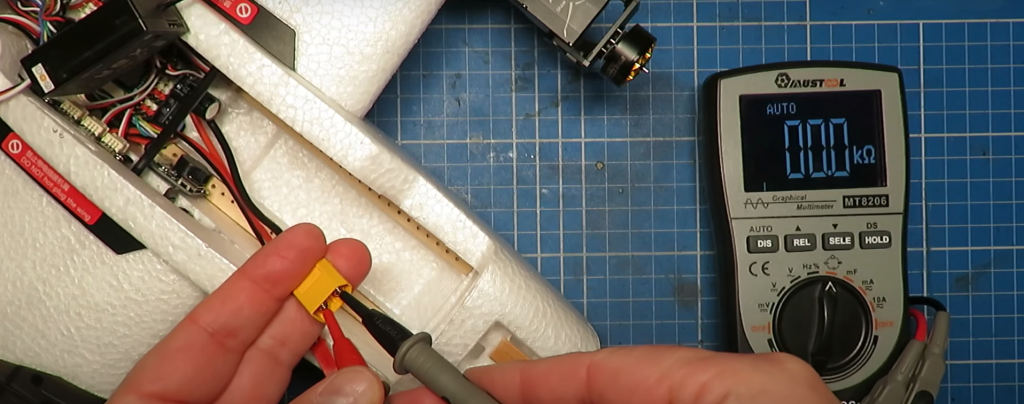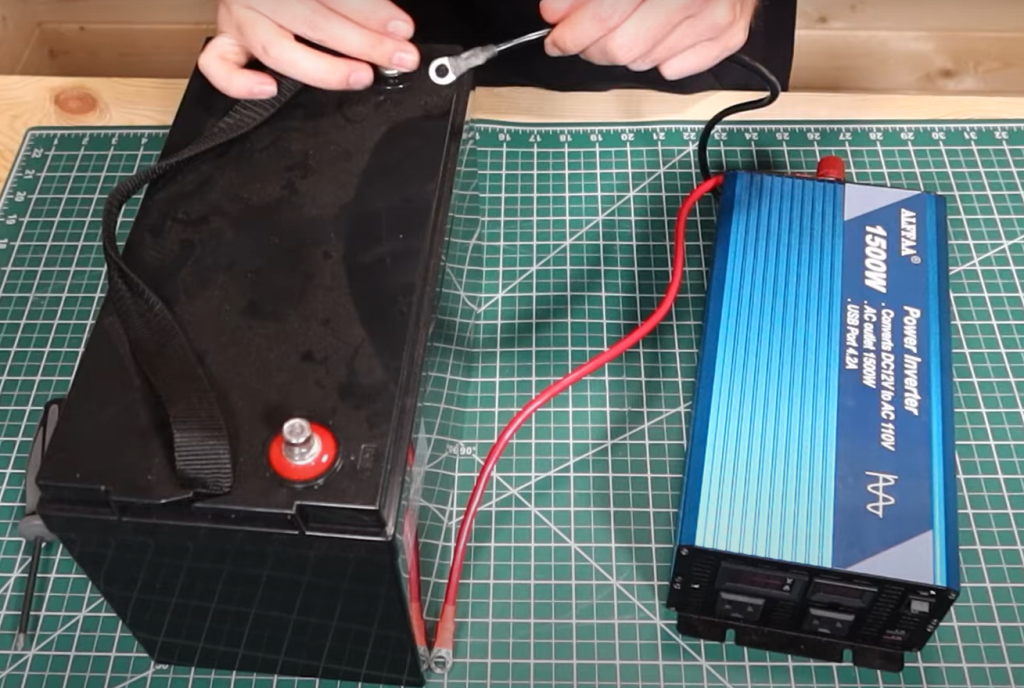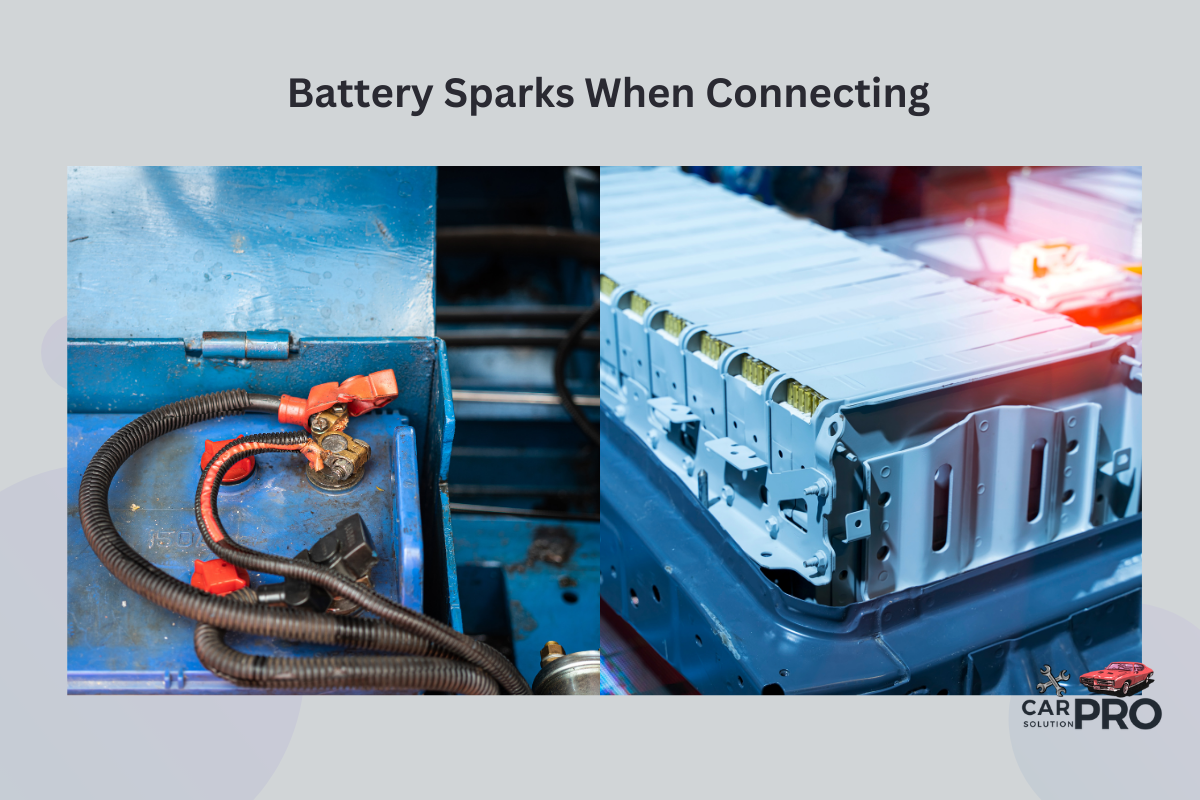Connecting a car battery can sometimes create sparks, which may worry many drivers. These sparks often happen due to a sudden flow of electricity when the battery terminals touch the cables. While small sparks are usually harmless, they can be dangerous in certain cases.
To avoid sparks when connecting a car battery, turn off the engine and all electrical components before starting. Clean the battery terminals and use insulated tools for a safer connection. It’s also important to connect the positive cable first, followed by the negative cable.
Corroded terminals, loose connections, and short circuits can increase the chances of sparking. Regular battery maintenance and proper connection techniques can help reduce these risks. If you’re unsure about connecting a battery safely, it’s best to seek help from a professional mechanic.
Key Takeaways
- Battery sparks often occur due to sudden electrical flow during connection
- Clean terminals and proper connection order help reduce sparking risks
- Regular maintenance and professional help ensure safe battery handling
Understanding Battery Sparks
Battery sparks can happen when connecting or disconnecting car batteries. These sparks are caused by electrical current flowing suddenly. Knowing why they occur and which batteries spark more helps keep you safe.
Causes of Battery Sparks
Incorrect polarity is a common cause of battery sparks. This happens when you mix up the positive and negative terminals. Always double-check before connecting.
Sudden current flow can also create sparks. When you connect a battery, electricity rushes to power the car’s systems. This quick surge can make a spark.
Loose connections may spark too. If cable clamps are not tight, they can create small gaps where sparks jump. Make sure all connections are secure.
Types of Batteries Prone to Sparking
Lead-acid batteries, common in most cars, often spark when connected. Their high voltage and current output increase spark risk.
Lithium-ion batteries, used in some newer cars, are less likely to spark. They have built-in safety features that reduce sudden current flow.
Deep-cycle batteries, found in RVs and boats, can spark too. Their large capacity means more stored energy, which can cause bigger sparks if not handled carefully.
AGM (Absorbed Glass Mat) batteries spark less than regular lead-acid types. Their design limits sudden current surges, making connections safer.
Safety Precautions
Proper safety measures are crucial when dealing with car batteries. These precautions protect you from potential harm and prevent damage to your vehicle’s electrical system.
Prior to Connecting a Battery
Before touching the battery, put on safety glasses and rubber gloves. These protect your eyes and skin from acid splashes. Remove metal jewelry like watches and rings to avoid short circuits.
Check the battery case for cracks or leaks. A damaged battery can be dangerous and needs replacement. Clean the battery terminals with a wire brush to remove corrosion.
Make sure the car is turned off and the keys are removed from the ignition. This prevents electrical accidents when connecting the battery.
Gather the right tools:
- Adjustable wrench
- Battery terminal cleaner
- Baking soda and water solution
Have a fire extinguisher nearby as a safety precaution.
During Battery Connection

Start by connecting the positive (red) cable to the positive terminal. Tighten the connection firmly but don’t over-tighten. Next, attach the negative (black) cable to the negative terminal.
To avoid sparks, make the final connection to a metal part of the engine block or frame instead of the battery terminal. This grounds the circuit safely.
Work slowly and carefully. Rushed connections can lead to mistakes and sparks. Double-check each connection before moving on to the next step.
If you see sparks, stop immediately. This could indicate a short circuit or reverse polarity.
Post-Connection Checks
After connecting the battery, do a visual inspection. Look for any loose connections or frayed wires. Ensure the battery is secure and won’t move around while driving.
Turn on the car and check that all electrical systems are working properly. This includes headlights, radio, and dashboard lights. Listen for any unusual sounds from the engine.
If you smell rotten eggs, turn off the car immediately. This could mean the battery is overheating or gassing.
Test the battery voltage with a multimeter. A healthy battery should read around 12.6 volts when the engine is off.
Correct Connection Procedures
Connecting a car battery properly is crucial for safety and to avoid sparks. Following the right steps and using the correct tools can prevent accidents and damage.
Step-by-Step Connection Guide
Turn off the engine and remove the keys.
Put on safety glasses and gloves.
Locate the battery and identify the positive (+) and negative (-) terminals.
Clean the terminals with a wire brush if there’s any corrosion.
Connect the positive cable first. Attach it to the positive terminal and tighten securely.
Connect the negative cable to the negative terminal.
Double-check all connections are tight and secure.
Using insulated tools can help reduce the risk of accidental sparks. Always keep metal objects away from the battery to avoid short circuits.
Troubleshooting Improper Connections
If sparks occur during connection, stop immediately. Check for these common issues:
- Loose connections: Ensure cables are tight on terminals.
- Reversed polarity: Verify positive and negative cables are on the correct terminals.
- Damaged cables: Look for frayed or exposed wires.
- Dirty terminals: Clean off any corrosion with a baking soda solution.
If problems persist, it’s best to seek professional help. Improper connections can damage the battery or car’s electrical system.
Regular battery maintenance can prevent many connection issues. Check connections monthly and clean terminals as needed.
Maintaining Battery Health
Proper battery maintenance prevents sparking and extends battery life. Regular care and good practices keep batteries functioning safely and efficiently.
Regular Inspection and Cleaning
Check battery terminals monthly for corrosion. Clean them with a wire brush and baking soda solution. Rinse with water and dry thoroughly.
Inspect the battery case for cracks or bulges. Replace damaged batteries immediately.
Keep the battery top clean and dry. Dirt and moisture can cause short circuits.
Secure battery connections to prevent movement and sparking. Loose connections can damage terminals.
Apply a thin coat of dielectric grease to terminals after cleaning. This prevents future corrosion.
Charging and Discharging Best Practices
Avoid deep discharges. Don’t let battery charge drop below 20%.
Use a smart charger to prevent overcharging. Overcharging damages battery cells.
Charge batteries in a well-ventilated area. Charging produces flammable gases.
Turn off all electronics before connecting a charger. This reduces spark risk.
Maintain proper electrolyte levels in flooded batteries. Add distilled water as needed.
Store batteries in a cool, dry place when not in use. Extreme temperatures shorten battery life.
Charge batteries before long periods of disuse. Sulfation occurs in discharged batteries.
Professional Assistance
Getting expert help with car battery issues is crucial for safety and proper diagnosis. Professional technicians have the tools and knowledge to handle complex electrical problems effectively.
When to Seek Help
Seek professional assistance if you notice intense or frequent sparking when connecting your car battery. This could signal underlying electrical issues that require expert diagnosis.
If you’re unsure about the correct way to connect a battery, it’s best to consult a mechanic. Improper connections can damage your vehicle’s electrical system.
When diagnostic tests are needed to identify battery or charging system problems, a professional has the right equipment. They can accurately test voltage, check for parasitic drains, and evaluate alternator performance.
Choosing a Qualified Technician
Look for certified automotive technicians with experience in electrical systems. ASE (Automotive Service Excellence) certification is a good indicator of expertise.
Choose a reputable auto repair shop or dealership service center. Read reviews and ask for recommendations from trusted sources.
Ensure the technician uses modern diagnostic tools. Up-to-date equipment helps pinpoint electrical issues accurately.
Ask about warranties on parts and labor. A quality technician stands behind their work.
Consider specialists in automotive electrical systems for complex problems. They have in-depth knowledge of vehicle electronics and charging systems.
Frequently Asked Questions
Battery sparking during connection can be concerning. Let’s address some common questions about this issue and how to handle it safely.
How can one prevent sparking when attaching a battery?
To avoid sparks, connect the positive cable first, then the negative. Make sure the engine is off before starting. Clean battery terminals help reduce resistance and sparking. Use protective gear like gloves and goggles for safety.
What causes a battery to spark upon connection to a vehicle?

Sparks happen when electricity flows suddenly between contacts. Loose connections or corroded terminals increase resistance. High current draw from the vehicle can also cause sparking. Damaged batteries are more likely to spark and pose safety risks.
Is sparking normal when hooking up jumper cables to a battery?
Small sparks are normal when connecting jumper cables. This happens as the circuit completes. Large or frequent sparks may indicate a problem. Always connect jumper cables in the correct order to minimize sparking.
What should be done if a car doesn’t start after the battery has sparked?
Check all connections to ensure they’re tight and clean. Look for signs of battery damage. If the battery is old, it may need replacement. Consider having a mechanic inspect the electrical system for other issues.
Why does a battery emit sparks and smoke during connection?
Sparks and smoke can indicate a serious problem. This may be due to a short circuit or internal battery damage. Disconnect immediately if smoke appears. A faulty alternator or regulator can also cause excessive current flow and sparking.
What safety measures should be taken when a battery charger causes sparking?
Ensure the charger is off before connecting. Match the charger’s voltage to the battery. Connect the positive lead first, then the negative. Keep the area well-ventilated. If sparking persists, the charger or battery may be faulty.


